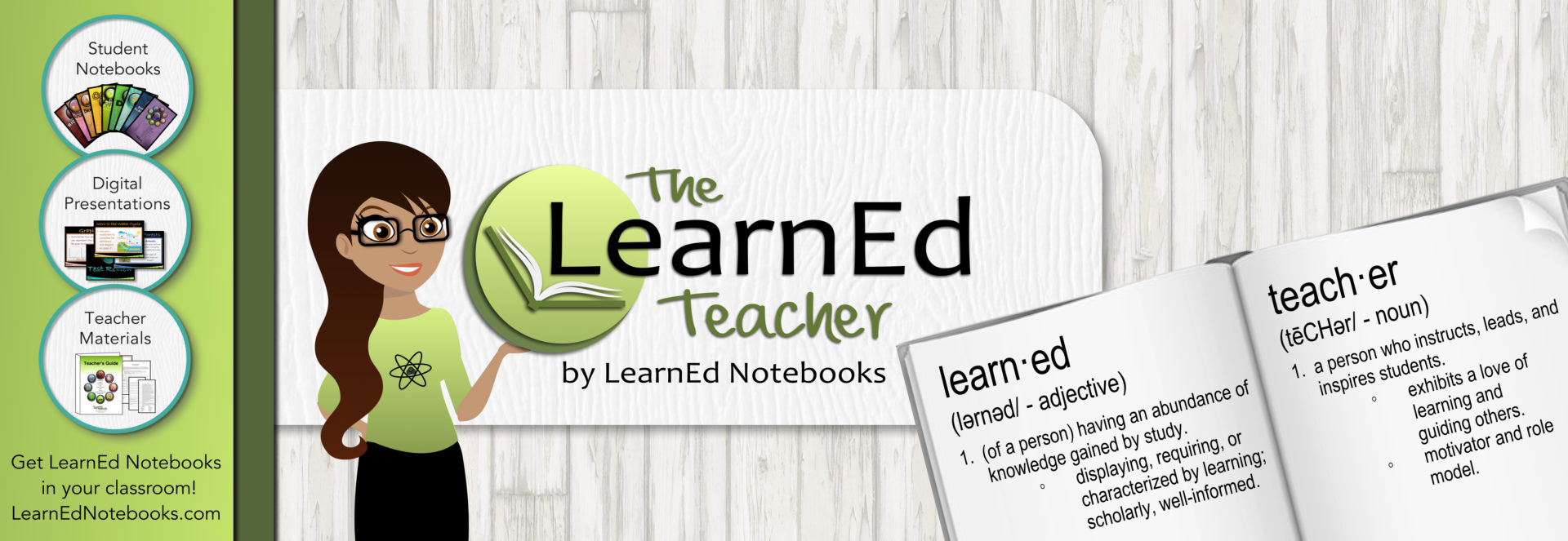Summer is a great time to vacation, catch up with friends, travel, and hopefully get a little relaxation in! Your time off is so important for recharging and gaining a fresh perspective. An easy way to broaden your horizons is to pick up one of these books. Not only will they help you become a more effective teacher this fall, but they’ll make you feel excited to get back in there and do your thing! Plus, there’s no better place to read than the pool, the beach, or the lake. So scoop up a copy of each of these books and get reading!

RELATED: 7 APPS FOR SCIENCE TEACHERS
1. Digital Leadership: Changing Paradigms for Changing Times by Eric Sheninger
Digital leadership is a strategic mindset and set of behaviors that leverages resources to create a meaningful, transparent, and engaging school culture. It takes into account recent changes such as ubiquitous connectivity, open-source technology, mobile devices, and personalization to dramatically shift how schools have been run and structured for over a century. Leading in education becomes exponentially powerful when using technology to your advantage.
2. Mindsets in the Classroom: Building a Culture of Success and Student Achievement in Schools
When students believe that dedication and hard work can change their performance in school, they grow to become resilient, successful students. Inspired by the popular mindset idea that hard work and effort can lead to success, Mindsets in the Classroom provides educators with ideas for ways to build a growth mindset school culture, wherein students are challenged to change their thinking about their abilities and potential. The book includes a planning template, step-by-step description of a growth mindset culture, and “look-fors” for adopting a differentiated, responsive instruction model teachers can use immediately in their classrooms.
RELATED: MIXING EMPATHY WITH EXPECTATIONS
3. Creating Innovators: The Making of Young People Who Will Change the World
In this groundbreaking book, education expert Tony Wagner provides a powerful rationale for developing an innovation-driven economy. He explores what parents, teachers, and employers must do to develop the capacities of young people to become innovators.
4. Total Participation Techniques: Making Every Student an Active Learner
Providing easy-to-use alternatives to the stand and deliver approach to teaching that causes so many students to tune out–or even drop out–Total Participation Techniques presents dozens of ways to engage K 12 students in active learning and allow them to demonstrate the depth of their knowledge and understanding. The authors, Persida Himmele and William Himmele, explain both the why and the how of Total Participation Techniques (TPTs) as they explore the high cost of student disengagement, place TPTs in the context of higher-order thinking and formative assessments, and demonstrate how to create a TPT-conducive classroom.
Readers will learn how to implement field-tested techniques they can use on the spot (e.g., Quick-Draws, Quick-Writes, Chalkboard Splash); with Hold-Up cards (e.g., True/Not True, Selected Response); with movement (e.g., Bounce Cards, Line-Ups, Simulations); and to guide note-taking and concept analysis (e.g., Picture Notes, 3-Sentence Wrap-Up, Debate Team Carousel).
5. How Learning Works: Seven Research-Based Principles for Smart Teaching
Clarifying the research and scientific approach, readers will gain seven fundamental principles of learning. By understanding these seven principles, teachers are able to produce more effective lessons in their classrooms. Multiple authors researched a variety of overviews to identify a set of key learning principles. These learning principles include effective organization and motivation.
6. Out of Our Minds: Learning to be Creative
“It is often said that education and training are the keys to the future. They are, but a key can be turned in two directions. Turn it one way and you lock resources away, even from those they belong to. Turn it the otherway and you release resources and give people back to themselves. To realize our true creative potential—in our organizations, in our schools and in our communities—we need to think differently about ourselves and to act differently towards each other. We must learn to be creative.”
RELATED: HOW TO SUPPORT CREATIVITY IN THE CLASSROOM
Follow LearnEd Notebooks on social media! Pinterest // Facebook // Instagram // Twitter // YouTube
________________________

LearnEd Notebooks provides teachers and students with an innovative notebooking solution. We specialize in providing educators with a unique curriculum that allows you to break free from conventional methods of instruction and spend more time on labs and inquiry-based science. We provide the framework of an interactive notebook with the flexibility of teaching strategies that seamlessly integrate with each teacher’s own methods of instruction. Our complete programs include printed student notebooks, digital presentations, and access to teacher resources — each focusing on diverse learning styles and engaging instructional strategies.
Click here to get LearnEd Notebooks in your classroom!
________________________



